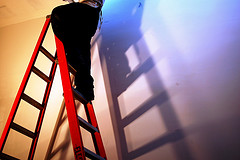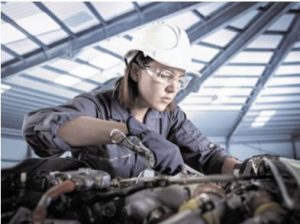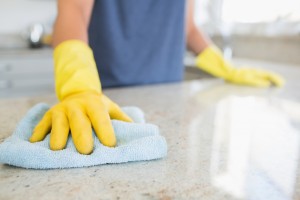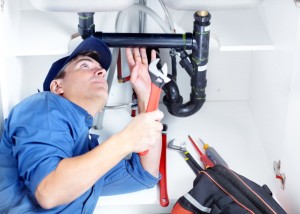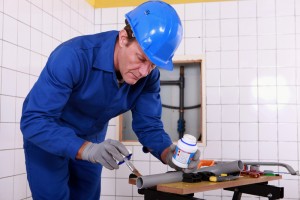Safety Tips for Workers Involved in High-Risk Jobs
Some people choose to work in a nice, safe office all day. Others choose a more dangerous line of work. If you are planning to work a high risk, dangerous job, you should follow proper safety tips. If you protect yourself on the job, you will be less likely to be in an accident that could cause injuries or even death.
Never Do a Job that You Aren’t Trained For
If you are considering working a high-risk job, you need to be properly trained and qualified. If you take up a job that you are not trained for, not only are you putting yourself in harms way, you are also putting your co-workers and the people around you in harms way as well.
Wear the Required Uniform
The reason that employers require you to wear a uniform is not so that you look silly, it is so that you remain protected. For example, if you are working in a factory or as a mechanic, you might be required to wear Dickies overalls to protect you from a burn or a chemical spill. Many kitchen jobs require you to wear non-slip shoes. This is to prevent a slip and fall accident on the job. If you are wearing the required uniform, you will be less likely to be injured.
Use Proper Safety Equipment
Certain jobs require that you use proper safety equipment in order to be safe on the job. For example, goggles should be worn by a chemist or a welder to prevent injury to the eyes. Construction workers should wear a hard hat to prevent a head injury on the job. While a doctor is not considered a dangerous job, safety precautions are taken there as well by wearing gloves. If your employer requires that you wear safety equipment, you should listen.
Fall Prevention
If you are working a job that takes you to great heights, such as repairing or installing a roof, you should make sure that you are using the proper safety equipment for fall prevention. First, you should make sure that you are attached to a safety harness at all time such that even if you lose your footing, you don’t fall off the roof. Also, if the roof is very high, you should consider using scaffolding. It will help you reach the heights that you need, safely. Finally, you should always wear a hard hat on the job to prevent a head injury if you were to fall or if something were to fall on you.
Listen and Participate in Safety Seminars
Employers who hire people to work dangerous jobs will often hold seminars to be sure that their employees are safe while they work. To ensure employees’ safety, you should partake in and listen during safety seminars. The more information that you have on being safe while working, the less chance there will be for injuries.
Always Be Alert on the Job
It is a good idea to be alert at any job, however, it is even more important to be alert if you are working a dangerous job. When you are alert, you will be able to recognize that an accident is about to happen, and you can get out of harms way before it is too late.
Some people choose a dangerous job because these jobs pay well. Others choose dangerous jobs simply because it is the line of work that they are interested in. Whatever the reason that you have chosen a high-risk job, you need to take the proper precautions so that you can be sure that you are safe on the job.
